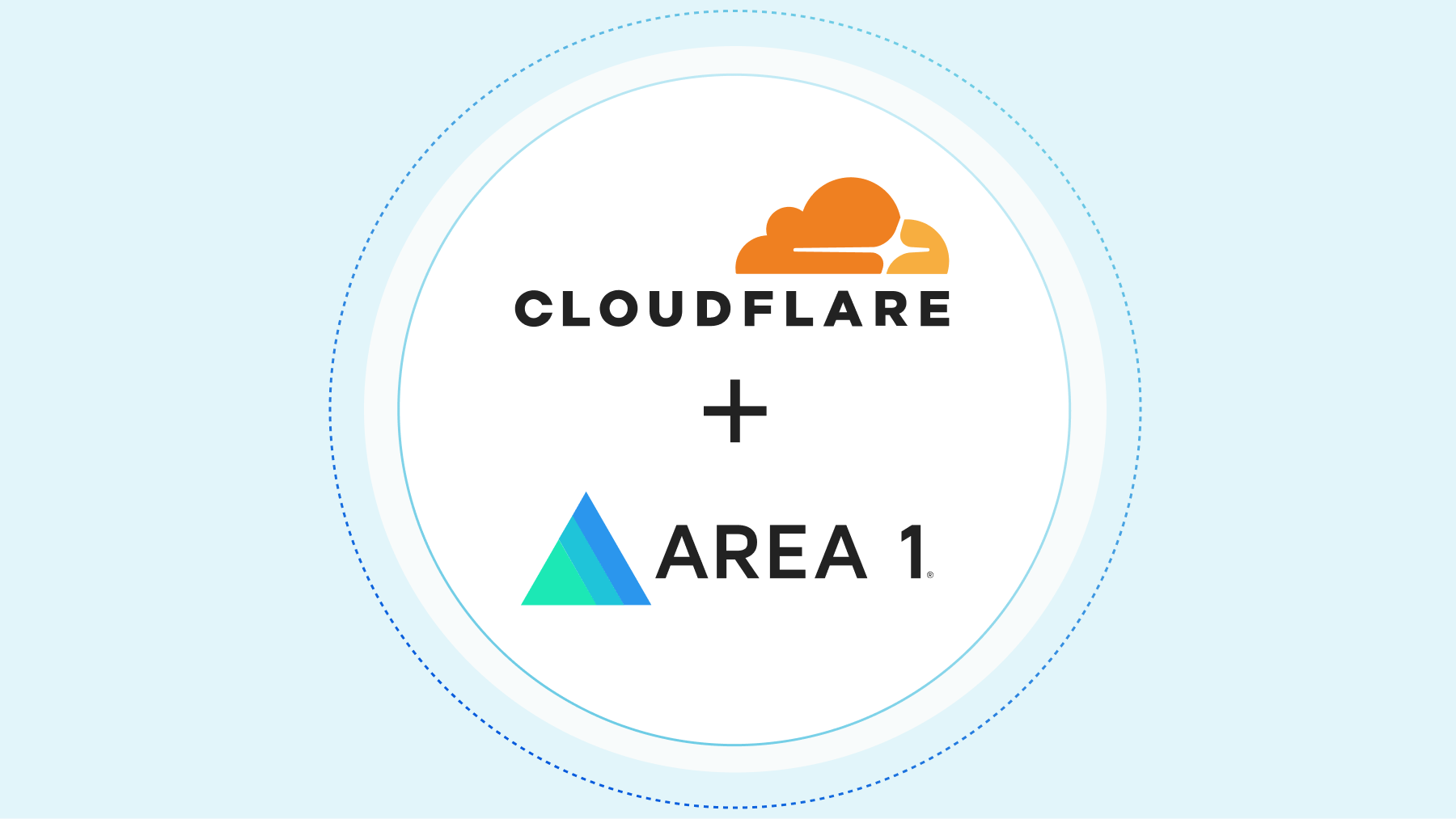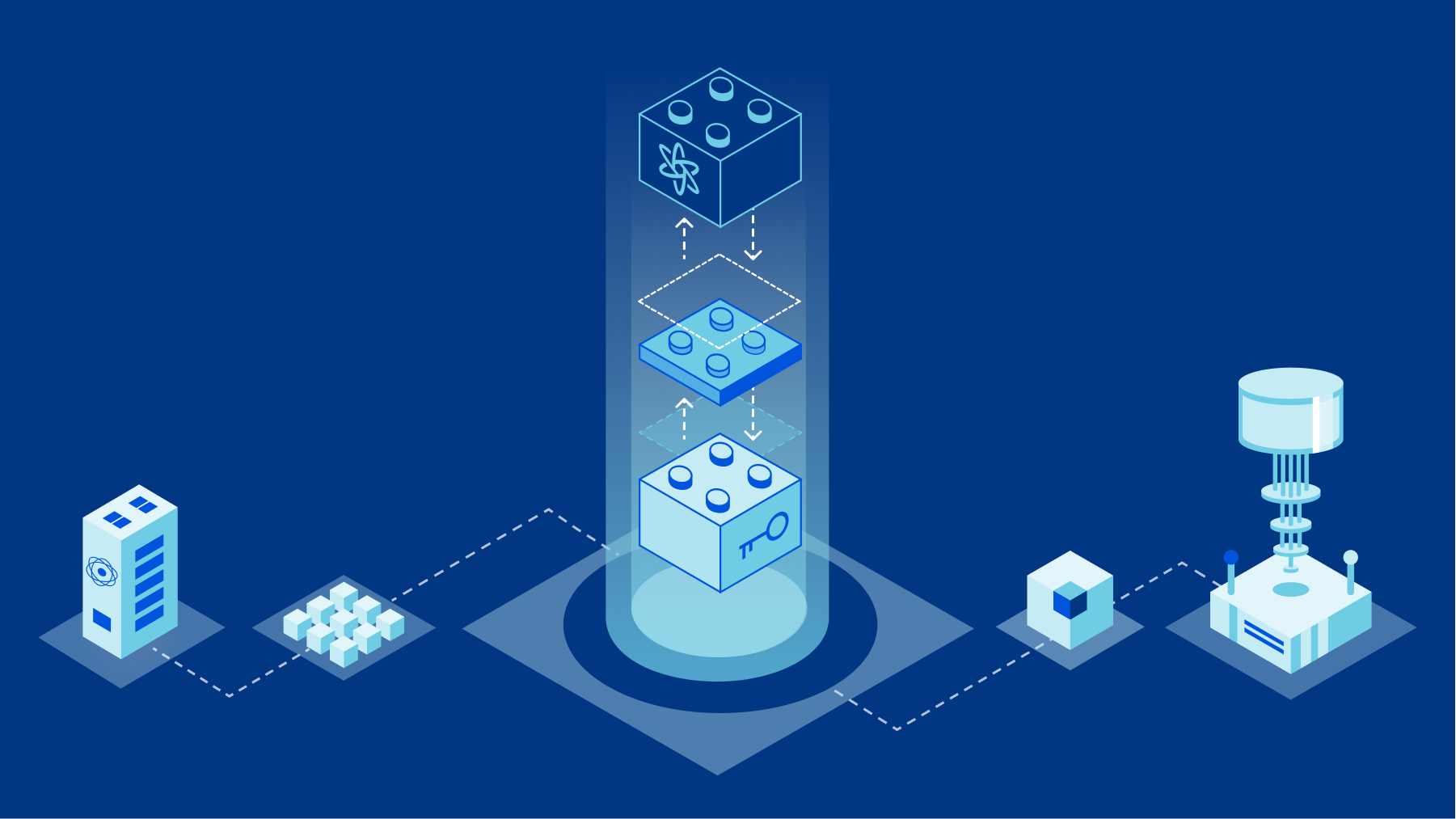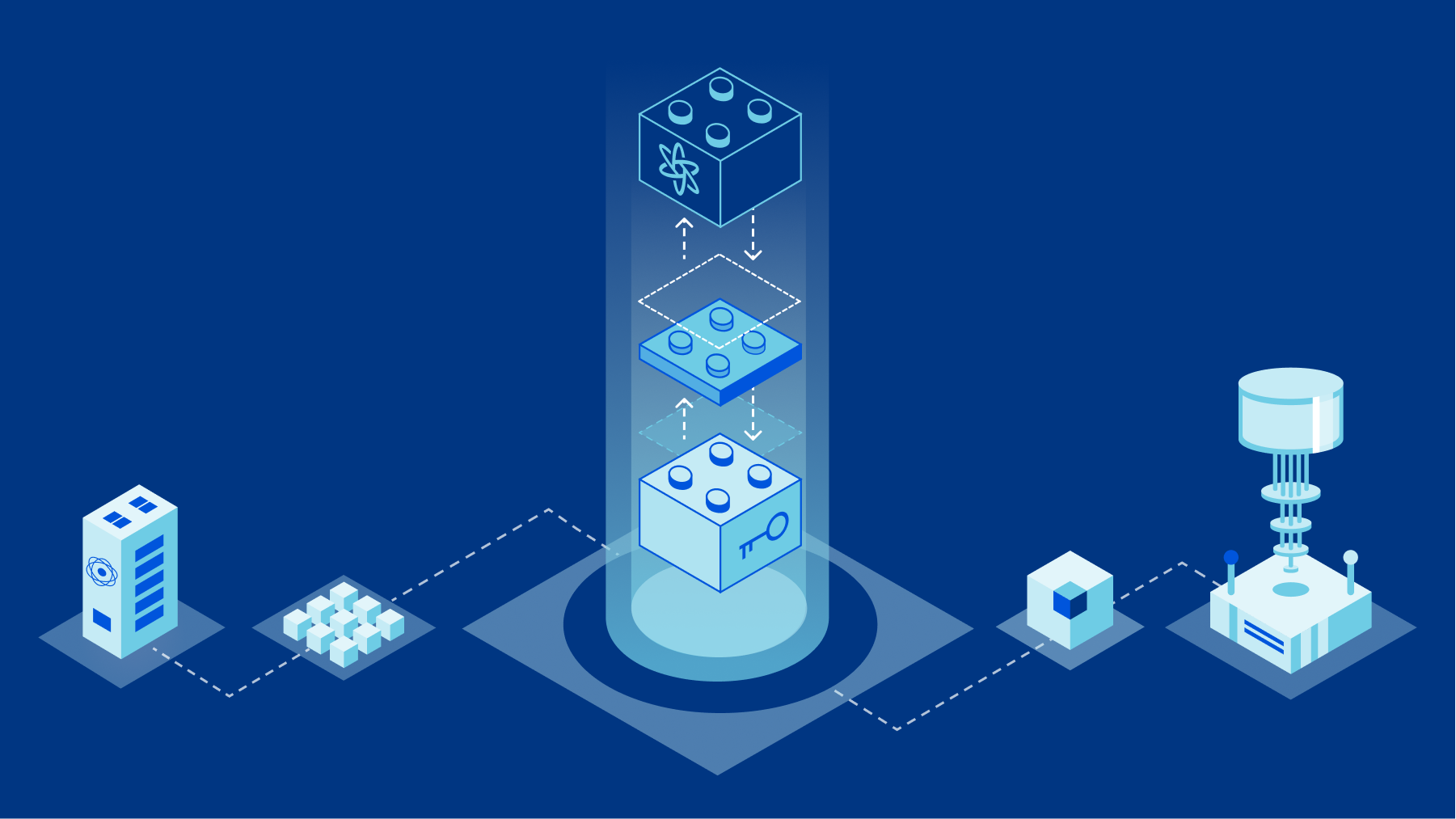Why we are acquiring Area 1

This post is also available in Français and Español.

Cloudflare’s mission is to help build a better Internet. We’ve invested heavily in building the world’s most powerful cloud network to deliver a faster, safer and more reliable Internet for our users. Today, we’re taking a big step towards enhancing our ability to secure our customers.
Earlier today we announced that Cloudflare has agreed to acquire Area 1 Security. Area 1’s team has built exceptional cloud-native technology to protect businesses from email-based security threats. Cloudflare will integrate Area 1’s technology with our global network to give customers the most complete Zero Trust security platform available.
Why Email Security?
Back at the turn of the century I was involved in the fight against email spam. At the time, before the mass use of cloud-based email, spam was a real scourge. Clogging users’ inboxes, taking excruciatingly long to download, and running up people’s Internet bills. The fight against spam involved two things, one technical and one architectural.
Technically, we figured out how to use machine-learning to successfully differentiate between spam and genuine. And fairly quickly email migrated to being largely cloud-based. But together these changes didn’t kill spam, but they relegated to a Continue reading






 Quick 5 mins on silicon manufacture
Quick 5 mins on silicon manufacture